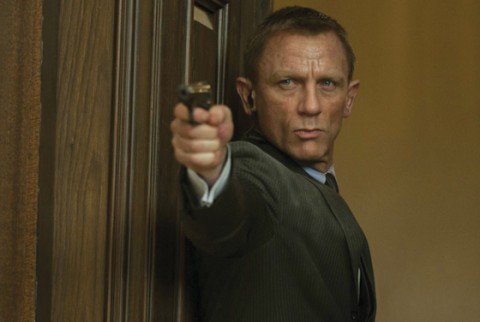Low-tech Bond

Viewers don’t look to James Bond movies for profundity. Mostly they go to see buxom babes (now brainier and badder) and gravity-defying vehicle chases. But the most recent Bond installment offers some pertinent comments on technology (and I don’t say that just because Daniel Craig, who plays Bond, is stepbrother to the theologian Phillip Blond). Besides raising the question of whether technology or know-how is more important, Skyfall wrestles with the heritage of the past and the pain of getting older.
Skyfall opens with a not uncommon Bond trope: the apparent death of 007. The head of MI6, M, played by the exquisite Judi Dench (some smart periodical called her the real new “Bond girl”), has to order an agent to take a not altogether clean shot at a baddie whom Bond is fighting on a moving train. She ends up shooting Bond, who cascades hundreds of feet into a Turkish river. He’s presumed dead, and the baddie escapes with identities of undercover British agents. Eventually views of the executions of these agents start appearing on the Internet. In the fearful new world of social media, inside information is different from what it was when spies looked for missile launch codes. Now the heavies post execution videos for their bad-guy friends to “like.”
Of course, Bond turns up again. But he’s not himself, having taken a bullet from a high-powered rifle and spent a little too long under water. He can’t pass the psychological or physical tests to return to service. For the first time, the eternally youthful Bond looks like he’s washed up, past his prime. M puts him back in the field anyway to trace the lost identity info. First he’s equipped by Q, played with droll humor by Ben Whishaw. “What’s this?” Bond asks. “A radio,” Q says in deadpan. “What did you want, an exploding pen? We don’t really go in for that sort of thing anymore.” But such dated technology comes in handy later.




